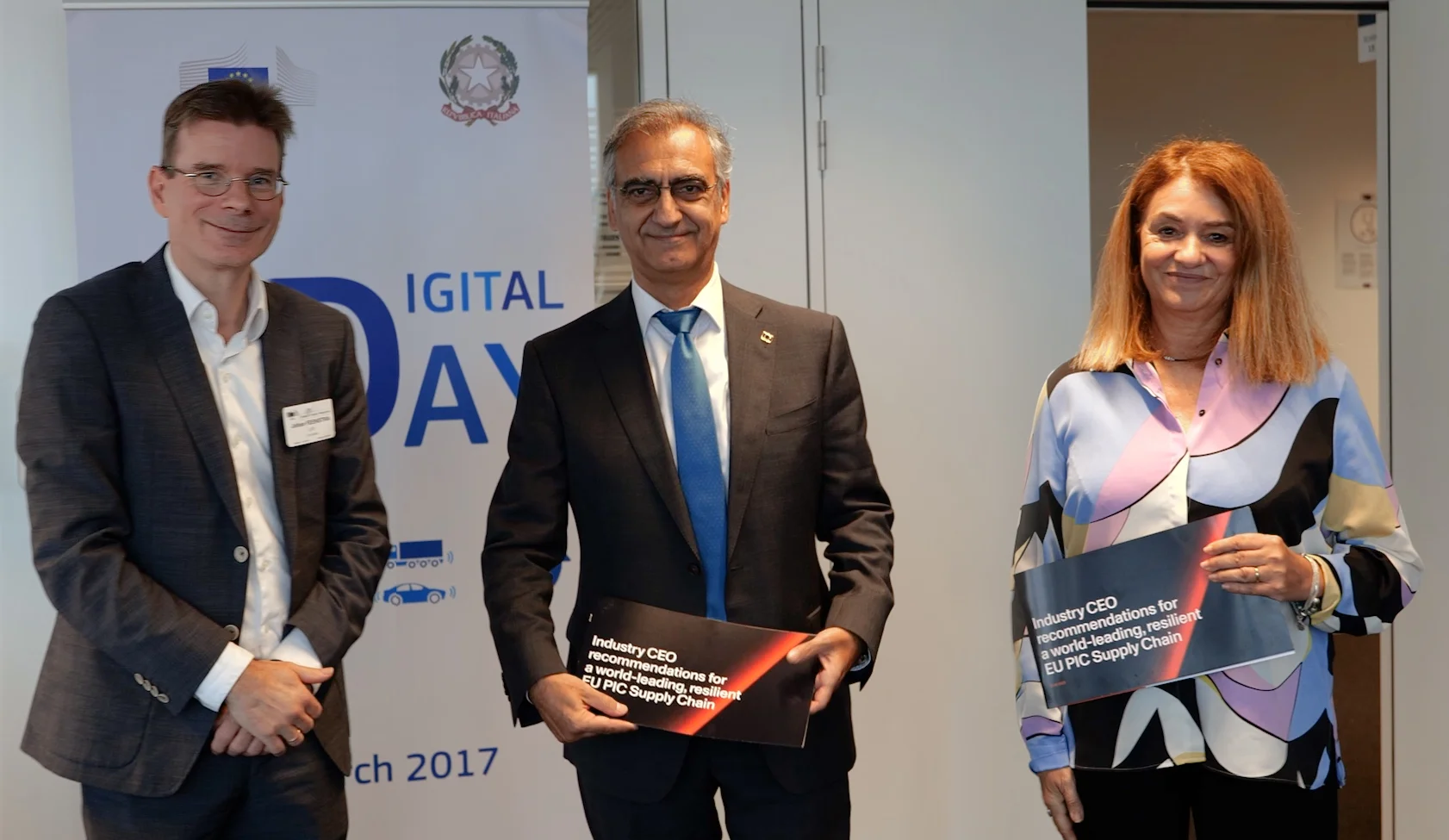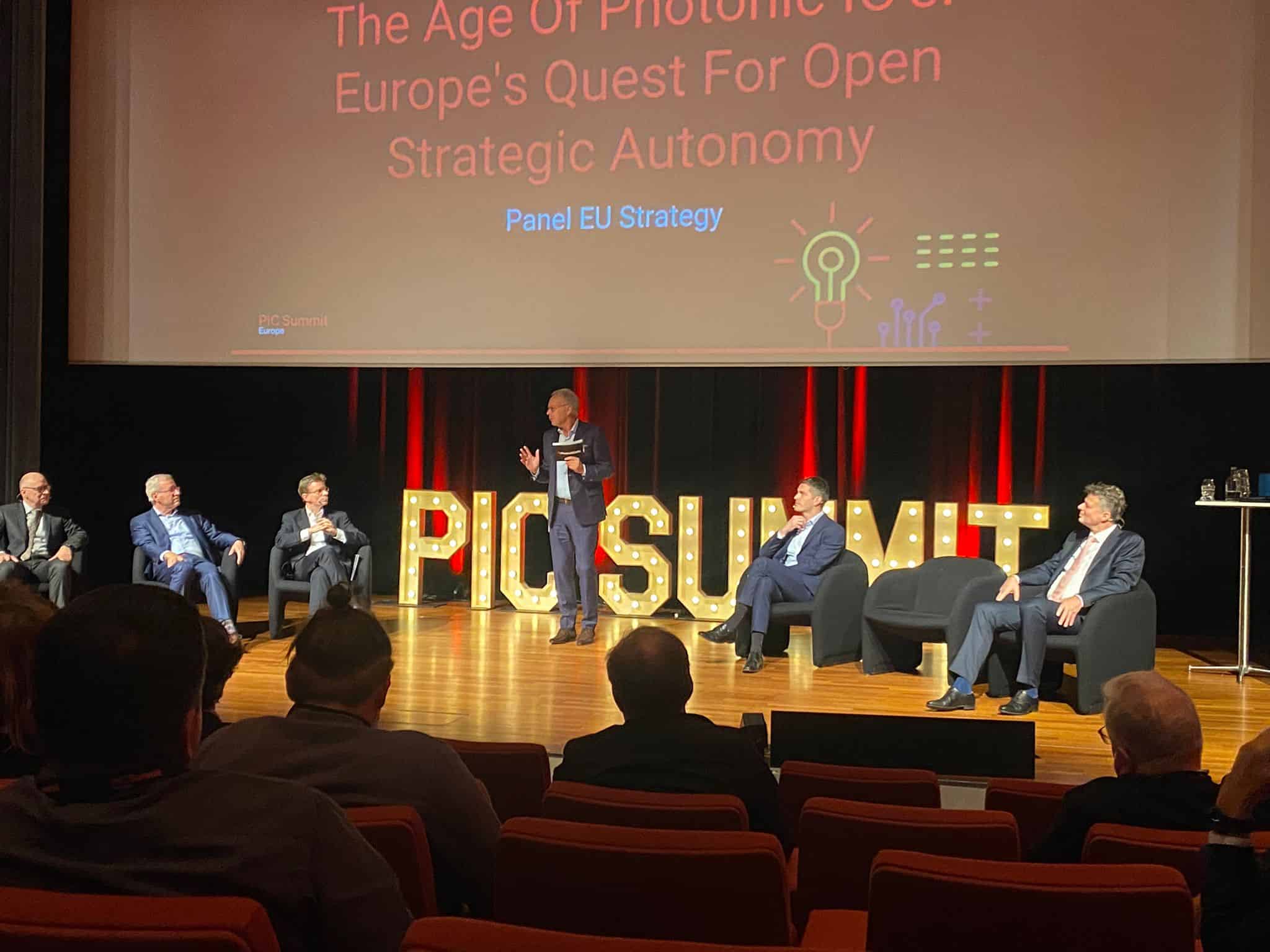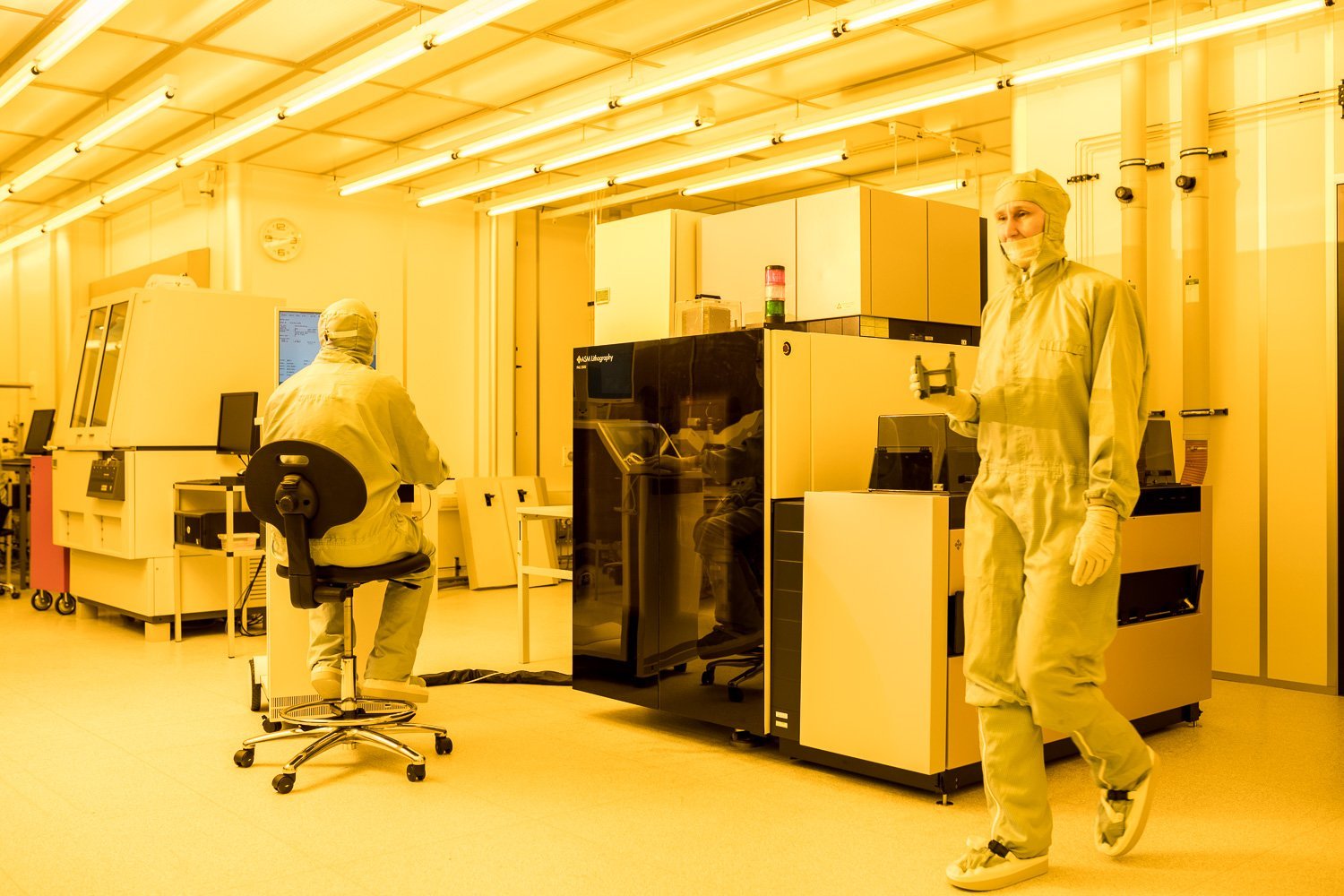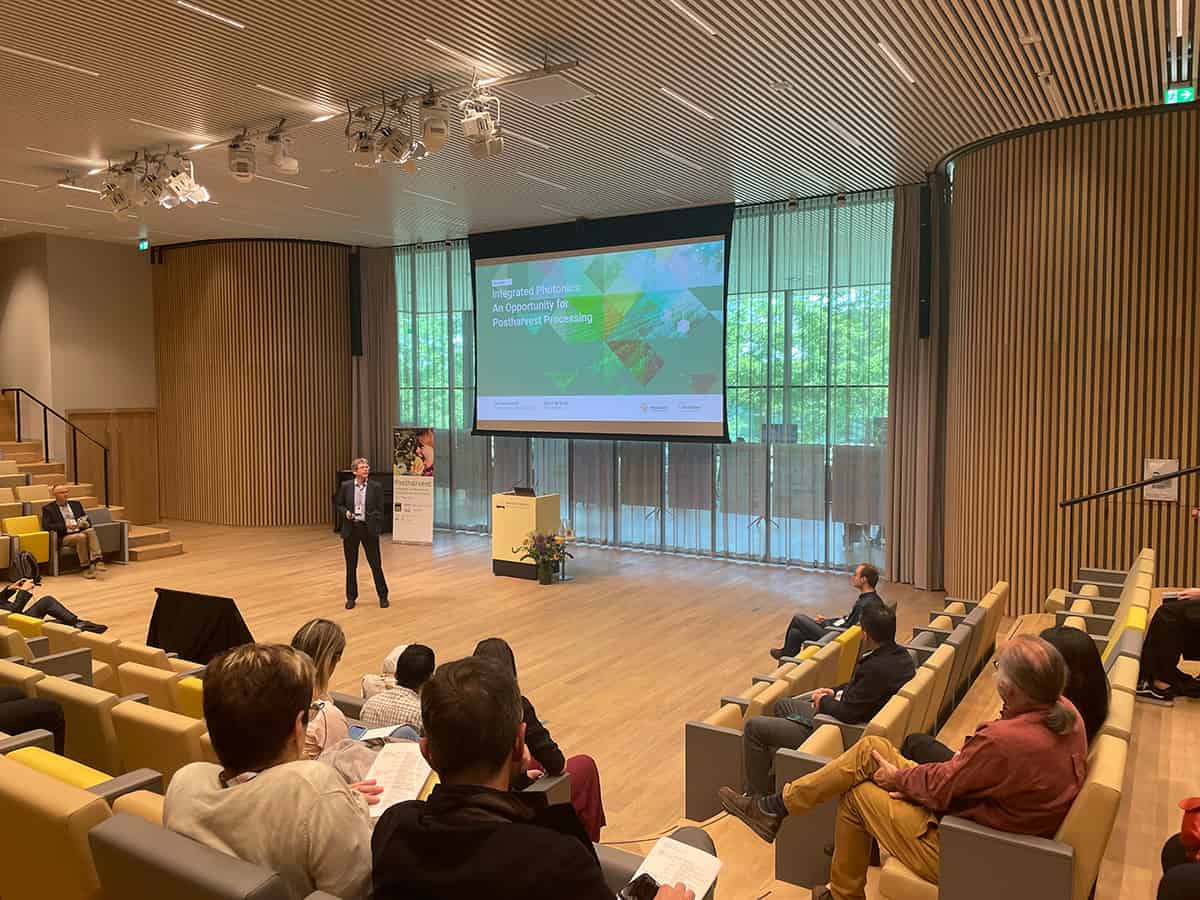
CEOs from eight of Europe’s largest integrated photonics companies have presented a plan to build a resilient European supply chain for photonic integrated circuits. The plan calls for €4.25 billion in funding over eight years and a range of recommendations to enable the European integrated photonics industry to become a global leader and have the ability to supply EU customers autonomously.
Photonic integrated circuits (PICs) open the door to creating smaller, faster, and more energy-efficient devices. They are already used in various innovations, including telecom, datacom, medtech, autonomous vehicles, quantum communication, and agriculture.
Over-reliance on Asia
The group states that the low level of EU manufacturing capacity and over-reliance on Asia threaten the EU’s economic security and resilience. Currently, less than 6% of the manufacturing of indium phosphide and silicon nitride PICs is done in the EU, and less than 4% of the global assembly, testing, and packaging capacity resides in Europe. Furthermore, research by the Dutch photonics ecosystem PhotonDelta highlights that competing nations are making concerted efforts to acquire EU PIC technologies and assets along with seeking stakes in EU SME companies in the EU PIC supply chain.
The CEOs of XFAB (Germany/France), SMART Photonics (The Netherlands), Aixtron (Germany), PHIX Photonics Assembly (The Netherlands), VLC Photonics (Spain), Almae (France), Ligentec (Switzerland/France) and PhotonDelta (The Netherlands), unveiled the plan at PIC Summit Europe in front of more than 500 members of the global photonics and semiconductor communities. The proposal makes several recommendations, including:
- Provide over €2 billion in incentives for the industrial scaling PIC manufacturing capacity in Europe.
- Provide EU PIC SMEs access to industrial PIC Test and Experimentation facilities (TEFs) that partly mirror commercial lines with the latest commercial wafer processing equipment and tools at the relevant industry standard wafer sizes.
- Establish an industrial PIC ‘manufacturing supply chain’ resilience fund of €200 million to support the investments needed to strengthen linkages and minimize vulnerabilities.
- Provide a €360 million fund to stimulate application development through offering design tape-outs, leading to industrial photonic design IP creation and validation based on hardware testing.
- Promote and incentivize collaboration amongst vertical clusters and the European PIC
ecosystem.
The plan was handed over today to Thomas Skordas, Deputy Director-General, DG Connect, Lucilla Sioli, Director for Artificial Intelligence and Digital Industry, DG Connect, and Werner Steinhögl, Head of Sector, Unit for Microelectronics & Photonics for the European Commission.
Fragile supply chains
Johan Feenstra, CEO of SMART Photonics, explained that over the past few years, the world has become more volatile and unpredictable. “Global supply chains are fragile, and overreliance on one country for critical components is an economic and security risk. This is particularly true of the semiconductor industry. Photonic integrated circuits can transform a huge range of industries. It is also fundamental to advancing some of the most exciting new technologies. Currently, the EU has a vibrant and growing integrated photonics industry; however, without volume manufacturing, testing, and packaging capacity, we are incredibly vulnerable to global events and the policies of competitor countries.”
The proposal outlines several practical steps that the EU can take over the next decade to ensure the continued growth and security of the integrated photonics industry. Feenstra: “For just over €4 billion, we can build our supply chain and ensure the future of an industry which can generate hundreds of billions of Euros each year for decades to come.”







